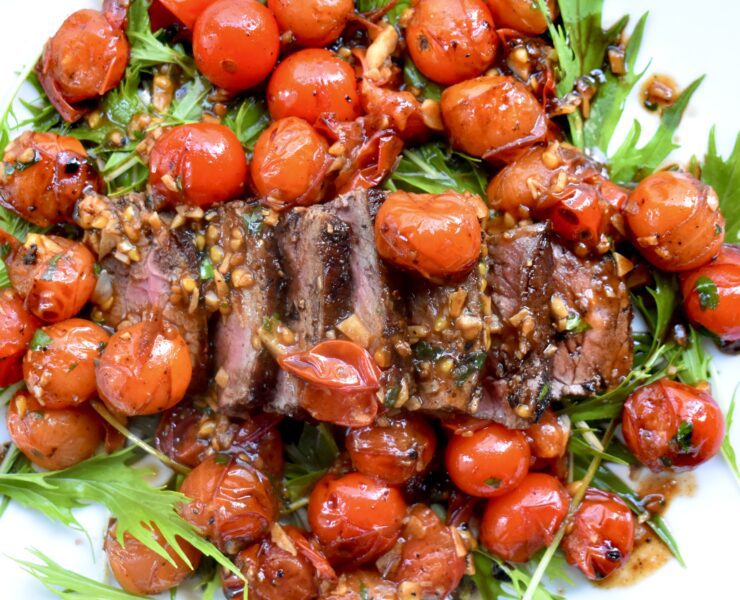recipe
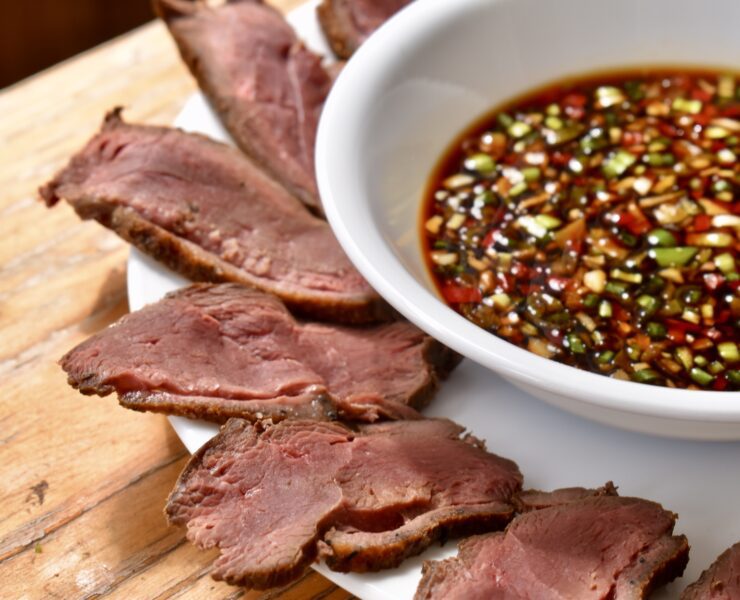
Ponzu is a Japanese sauce used for marinating, dipping, or adding some zip to certain dishes. It’s a soy-based sauce spiked with Japanese citrus (like yuzu, lemon, grapefruit, or kabosu) and evened out with mirin (a sweetened rice vinegar product) and dashi (an umami-rich stock made with dried seaweed and bonito flakes). It comes across as a light and loose soy sauce with a well-balanced flavor profile that provides salty, umami, sour, and sweet notes in even measure.
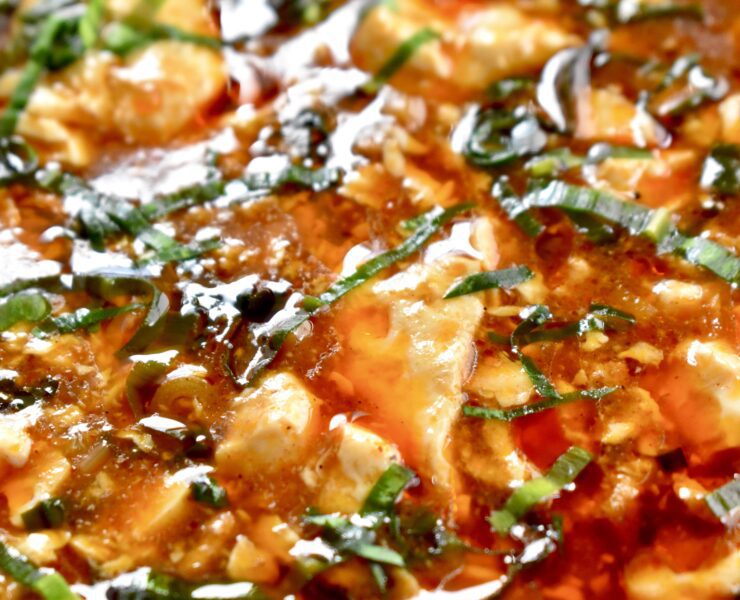
One thing I’ve learned from Eastern cooking is that tofu comes in myriad forms, and each one of those forms plays its own special role. Silken tofu is like a velvety poached egg white, while extra-firm tofu has a texture closer to a brick of cheddar cheese. Smoked tofu can add a special meatiness to dishes, while sweetened custardy tofu can be eaten for a dessert like a pudding. Soft tofu can be cut with a spoon, while dried tofu skins come out more like noodles. Tofu isn’t simply just tofu.

Brew Coffee, Support Conservation: Hunting Day Coffee Company Partners with the Mule Deer Foundation
The Mule Deer Foundation is proud to announce our partnership with Hunting Day Coffee Company, where 30% of profits go directly to MDF’s mission of conserving mule deer, black-tailed deer, and their critical habitats.

This is an easy and refreshing salad that makes for the perfect light dinner or lunch. I used steelhead, but any pink-fleshed fish will do, including any type of salmon or trout. You could even make it with canned salmon in a pinch.
Don’t sleep on the lemon zest, as it adds a brightness to this dish that will be missing otherwise. If you don’t have a zesting tool or a rasp, use a vegetable peeler to carefully remove the peel without including much white pith, then mince it finely with a knife.
I made the garlic optional in the salad, as it adds a punchiness and light heat that may not be up everyone’s alley. I’m always good for it, though!
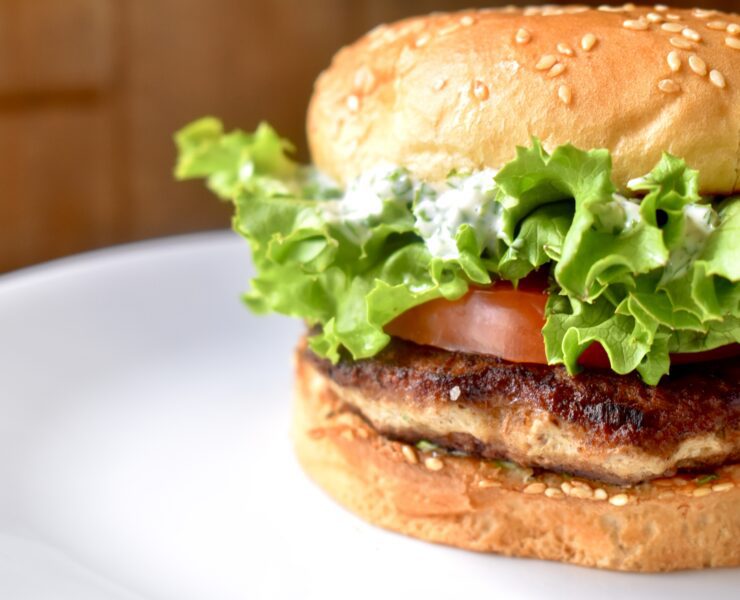
I was gifted some wild turkey thighs and thought that I would try grinding them up, which I’d never done before. I found the resulting grind a little too dark and rich, so I sacrificed some of my ever-dwindling wild turkey breast to round it out, which worked great. I figured I’d try to make some wild turkey burgers with it.
The only problem was that, even when cooked perfectly, the burgers came out quite dry due to the lack of fat in the bird.
I considered adding fatty pork to the grind, but thought better of it, not wanting to sacrifice the flavor of the turkey meat.

Vietnamese bánh mì are definitely in the running for my favorite sandwich of all time. They have that perfect balance of sweet and savory, soft and crunchy, meaty and herbaceous… I just can’t get enough. That’s why I make them at home quite often, and like to change up what I put on them on the regular.
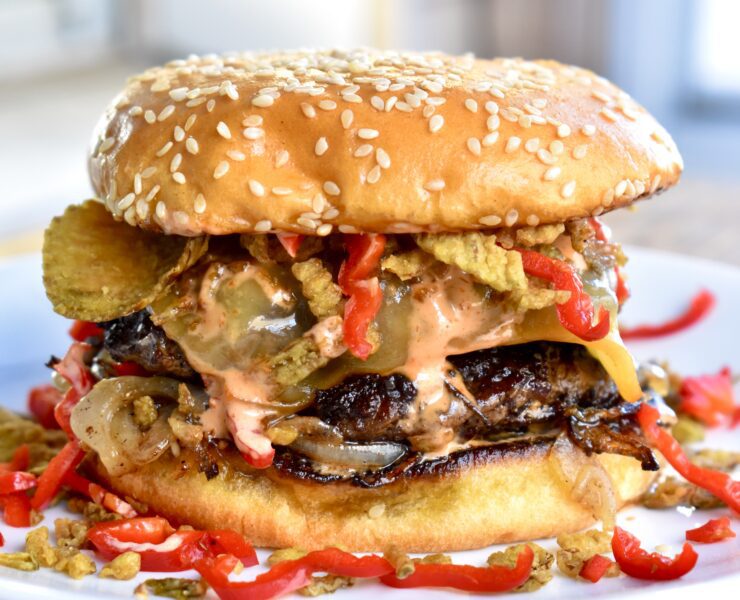
Every once in a while, I like to masochistically challenge myself by eating something stupidly spicy. I’ve never truly understood why I (and many others) get these cravings which provide nothing but hurt… Must be something broken in our brains!
I got that desire recently, which happened to coincide with a strong hankering for a burger. Smashing my two desires together into a spicy-as-all-get-out burger would allow me to get two birds stoned at once, so to speak.

When it comes to deciding what to grill for the 4th of July, it’s usually a no-brainer: burgers, brats, and dogs. Perhaps you have ground game and venison links taking up space in your freezer and the Independence Day holiday is the perfect occasion to make room for fall. But what about your guests who are tired of the same-old menu, year after year?

Anyone who has tried a venison and barley soup or stew knows that those two ingredients go together like peas and carrots.
Barley and venison soups and stews are a part of what gets me through the long winters up here in Canada.
When it comes to it though, despite being great, there is more to barley than just soups and stews!

I was recently sitting in the backyard, enjoying a tequila cocktail my wife made that sported a Tajin rimmer (for those of you who may not know, Tajin is a versatile Mexican chili, lime, and salt seasoning blend). I quickly found that I had sipped my way around the whole glass, removing any trace of the rimmer well before the cocktail was finished.
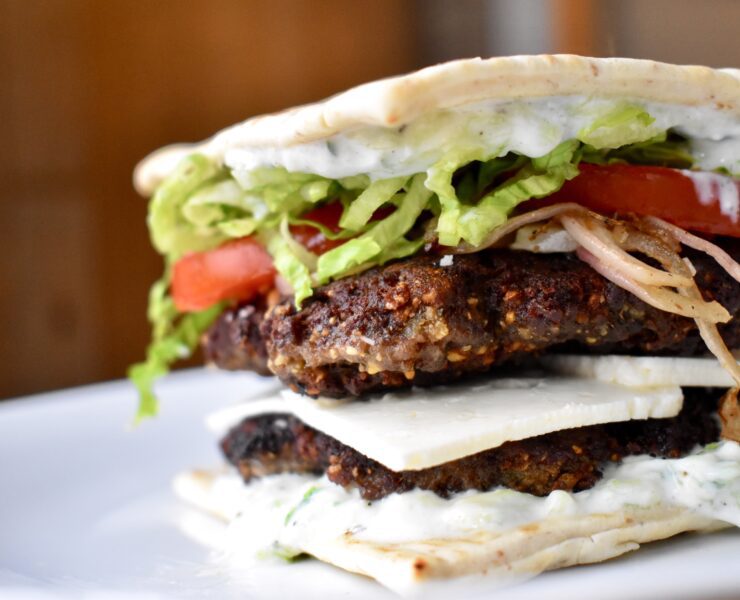
This recipe was years in the making. I visited Jordan in 2019, and one of the many highlights from my trip there was a falafel shop in Amman that sold the best falafel sandwiches I’d ever tried. It really put the falafel shops back home to shame. As I watched the talented man whipping up and frying dozens of falafel at a time, I thought to myself, falafel are good on their own, but wouldn’t they taste fantastic with meat?

